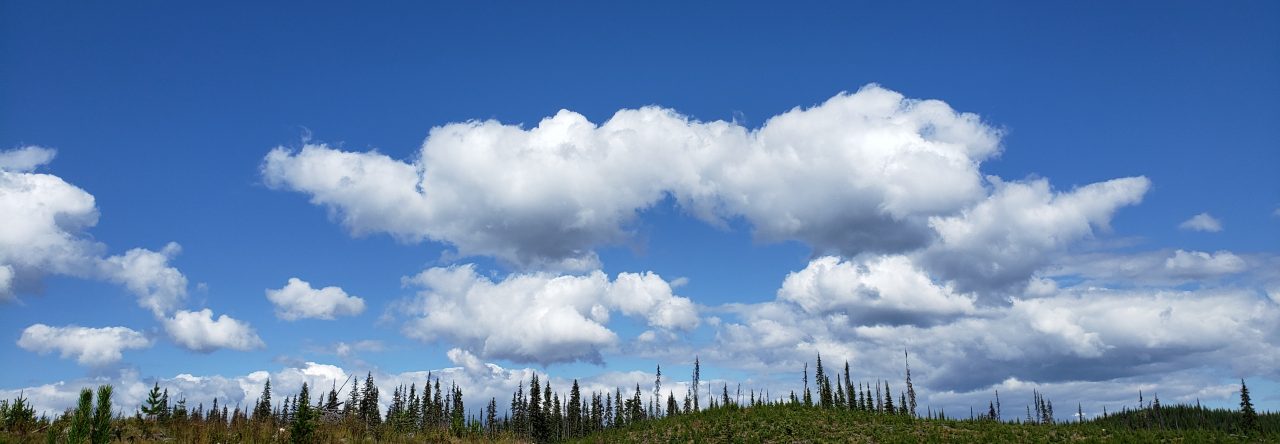(Originally published as a column in The Armchair Mayor News on February 21, 2014)
On the way to Wells Grey Park last spring we spotted a ghost house and its adjacent barn and we stopped. The boys would not have it any other way. We walked through tall green grass all the way to the house and looked inside through rickety windows. Speechless was the only way to do it right.
An old fireplace, wooden slabs chewed by various bugs lay asleep on dusty floors and from somewhere in a corner, the chirping of new baby swallows. A nest was safely glued to the ceiling and beady eyes peeked at us.
Photos are never able to convey the feeling of being there. The boys ask questions; some answers we know, some we look up together and some we will never know.
We have been trying to get into some other old establishments in Sandon for a while now. It is not exactly a bright star on everyone’s map, but it is on ours. Until we get to explore it fully with the boys, that is. And afterwards too because it holds a piece of the province’s history that children should know about.
As the boys grow, we will keep the list of places growing too. Soon to visit is Bella Coola, and The Sacred Headwaters of the Skeena.
When time has to be squeezed for bigger trips, we put in all our might, because it matters that the boys see and know.
We took them to see the pictographs up at the caves near Savona, and though the hike was a gnarly one, they both declared it worth it when they got to the top.
We take them to see old towns where the new is slow to come and for a good reason. People are not ready to part with the good things that worked well for so many years.
We take them to see remote areas with no sign of civilization, we take them to old quiet forests where the only steps are those of animals, and then talk about it all. Questions abound, then other topics tumble through their curious minds, but we see the places we visited reflected in their games.
Outside games, muck and sticks and expeditions so adventurous they make their eyes sparkle with excitement. All in a day’s game…
We want the boys to see the face of the world in its entirety, not just in its novelty. Because no matter how well designed, progress and novelty are but part of the real world, and they will never offer the big picture just by themselves.
Children need both sides. They need to see what a place looks like, they need to understand why, and they need to understand what the future holds should changes occur.
The world is changing fast. Forces other than needs – think economic growth and not necessarily for the benefit of the province or country – dictate how the future unfolds. The recent dismantling of science libraries by the Harper government sent a chill through many a spine in the country. If we erase or are made to forget the past then the future will be built on sand and that’s a short-lived future.
Knowing where you come from shapes the way you take as you advance through life. It applies at a personal level as well as a community and society level.
We will keep on taking the boys along for rides. From near to far, through snow-clad old forests where old mines and forgotten train tracks lay forgotten, to visiting our museum here in town, we will keep on adding pieces to the big puzzle that will be one day called a responsible citizen.
One that acts with grace and possesses the understanding of how he came to be. With gratitude towards the people who walked ahead of them and responsibility for the ones that are to come. Because life was never intended to be partially erased or forgotten.
Because there is more to life than being in the present. There is minding of the past and the future and building the bridge to link them with all that we learn along the way.
What I know is that children learn best when they do it hands on. Eyes on too. The hearts and minds follow every time.





